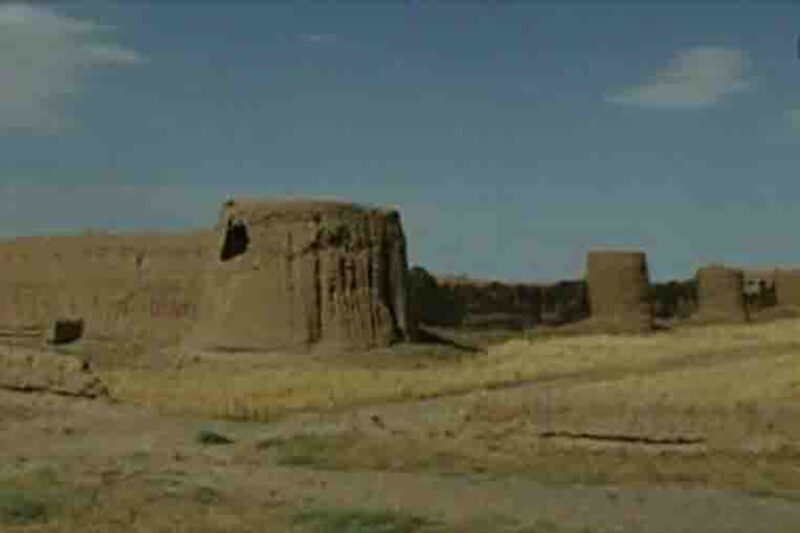Pelangabad Castle: A journey in the history and culture of Iran
Pelangabad Castle, a strong and magnificent fortress in the heart of Eshthard desert, is a treasure of Iranian history and culture, dating back to the 8th or 9th century AH. This castle, which was built during the rule of the Safavid dynasty, represents the magnificent architecture and Iranian art of that era.
Castle architecture:
Materials and Structure: Pelangabad Castle is built using clay and mud. Clays that are delicately and carefully placed on top of each other have created the fence and tall and strong towers of the castle.
Decorations: Although the passage of time and natural damage have reduced the original glory and strength of the castle, you can still see signs of the beauty and art of Iranian architecture in the entrance arch and arches, stucco and fine paintings.
Different parts: Pelangabad Castle is a collection of different parts, each of which has its own use. The fence and tall towers to defend the castle against enemies, the central courtyard has been the place of gathering and commuting of the castle residents. Magnificent halls and numerous rooms tell about daily life and various occasions in the castle.
An overview of the history of the castle:
Pelangabad Castle has witnessed many events throughout its history. From battles and conflicts to various celebrations and ceremonies, everything has happened in this castle.
The rule of the Safavid dynasty: during the rule of the Safavids, Pelangabad Castle was used as an important military base.
Attack of the Afghans: During the attack of the Afghans on Iran, Pelangabad Castle was one of the castles that resisted them.
Qajar era: During the Qajar era, Pelangabad Castle was used as the residence of local rulers.
Pelangabad Castle is not just a building: Pelangabad Castle, beyond a historical monument, is a gateway to the history and culture of Iran. By walking around the castle grounds and passing through its different parts, you can get a picture of people’s lives in the past, the way of governance, customs and culture of that era


